Three Object Apartment embraces raw concrete honesty in the heart of Athens
Three Object Apartment by DeMachinas is a raw concrete home in Athens, which confidently celebrates its modernist bones
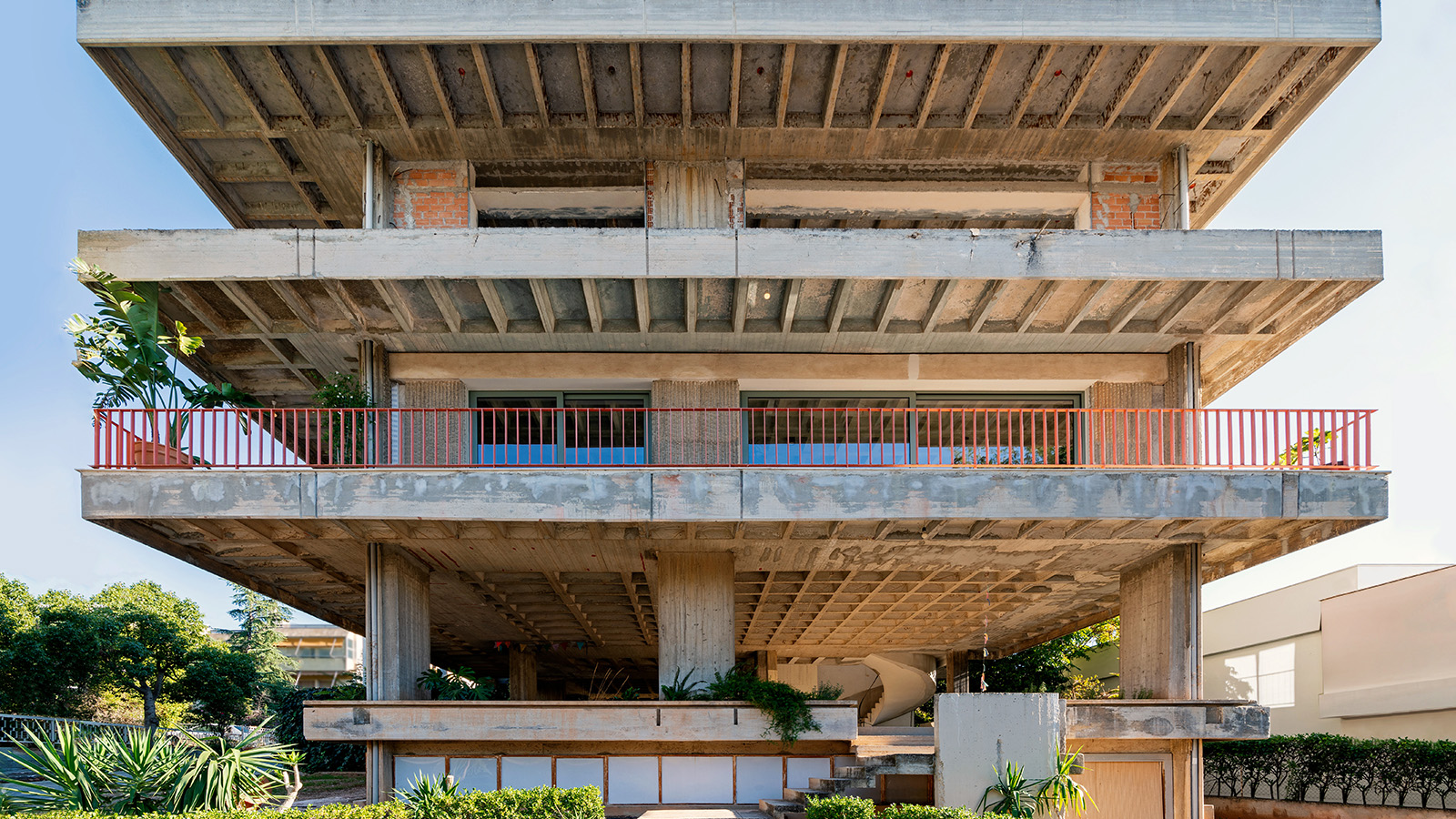
Three Object Apartment is a celebration of a modernist building's frame – as well as an ode to unfinished architecture. The home occupies the entire first floor of an Athens structure whose concrete skeleton was poured in situ but whose construction site was subsequently paused and left incomplete for 30 years. As a result, the building has become a contemporary, conceptual interpretation of its brutalist architecture bones, offering a raw, honest backdrop for Greek practice DeMachinas to create a sculptural, textural home for their private client.

Inside Three Object Apartment by DeMachinas
'The renovation of the first floor flat of this modernist building upgrades the interior space to an up-to-date apartment, whilst also being a study on unfinished architecture. On this project, together with the clients, we explored and experimented with an aesthetic fully tailored to the existing qualities of the site, as acquired,' write deMachinas.
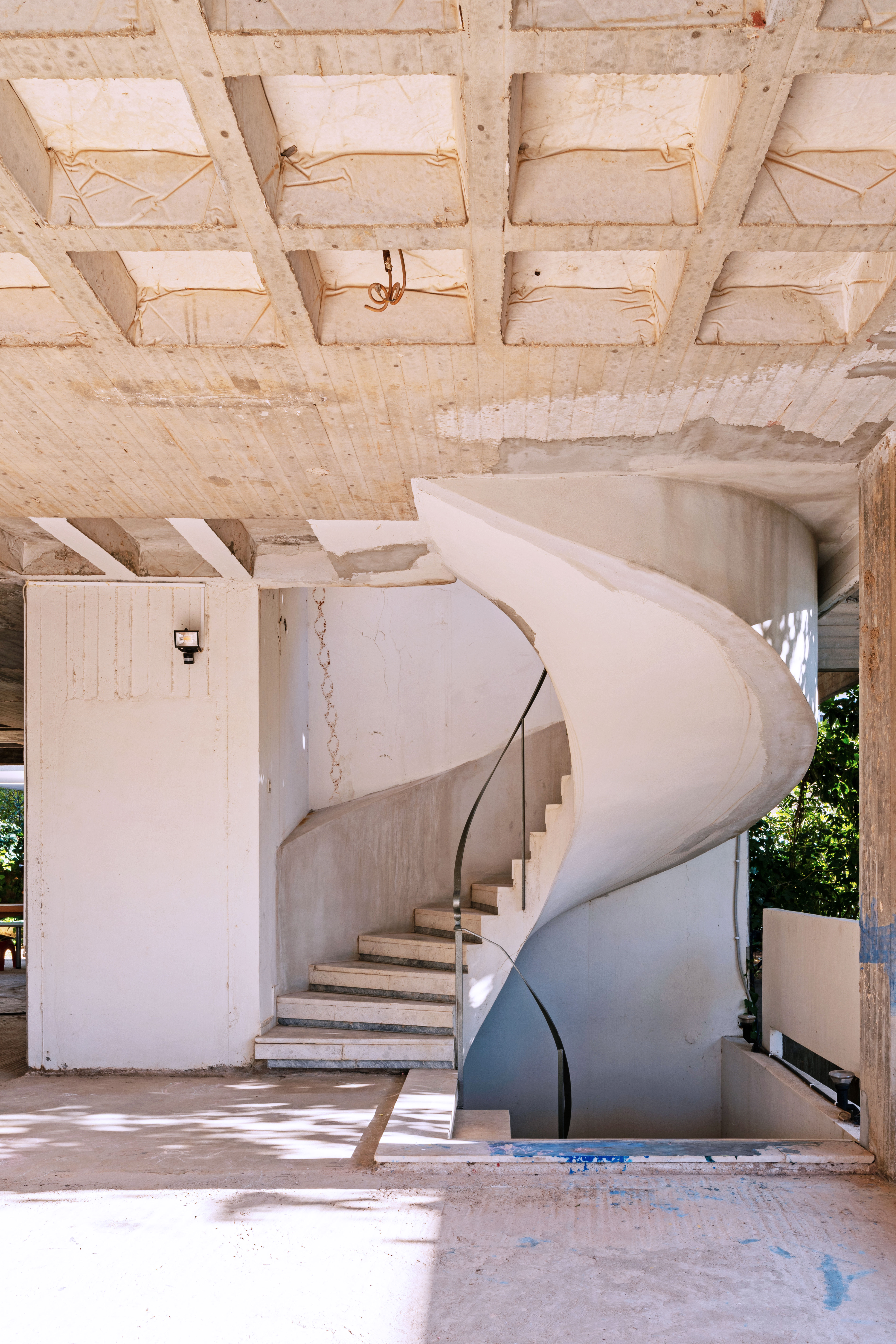
The team was headed by the studio's co-founders Elina Loukou and Sabrina Summer (the firm has one base in Athens and another in London). The designers worked with the project's existing piloti feature – an open ground level characterised by a grid of concrete columns, made famous by Le Corbusier and a common element in many Greek polykatoikies (the country's version of multi-family housing) in this residential part of Athens. A round staircase leads up to the first level, where the home is located.

'The family who bought the first floor perceived it as a “dwelling canvas”, both on the first level and the piloti’s level. Pilotis are usually used as a parking space in the city of Athens. In this case, it consists of a private covered area empty of programme, therefore available to be adapted by the users ad-hoc,' deMachinas explain.
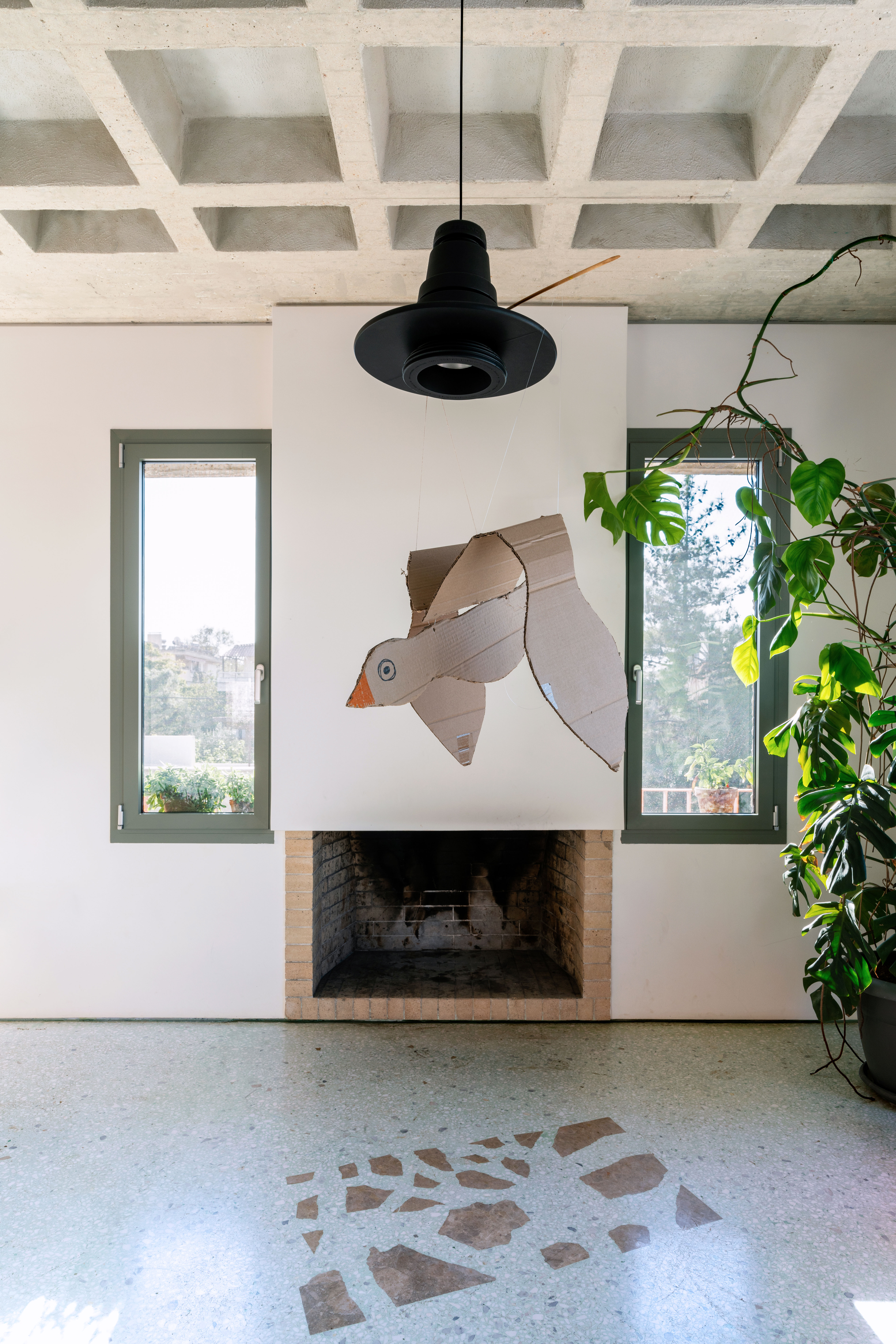
Internally, the designers maintained a sense of openness and fluidity, which suits the owners' need for flexibility. At the same time, textures are celebrated and add layers of interest that help define areas within the residence.
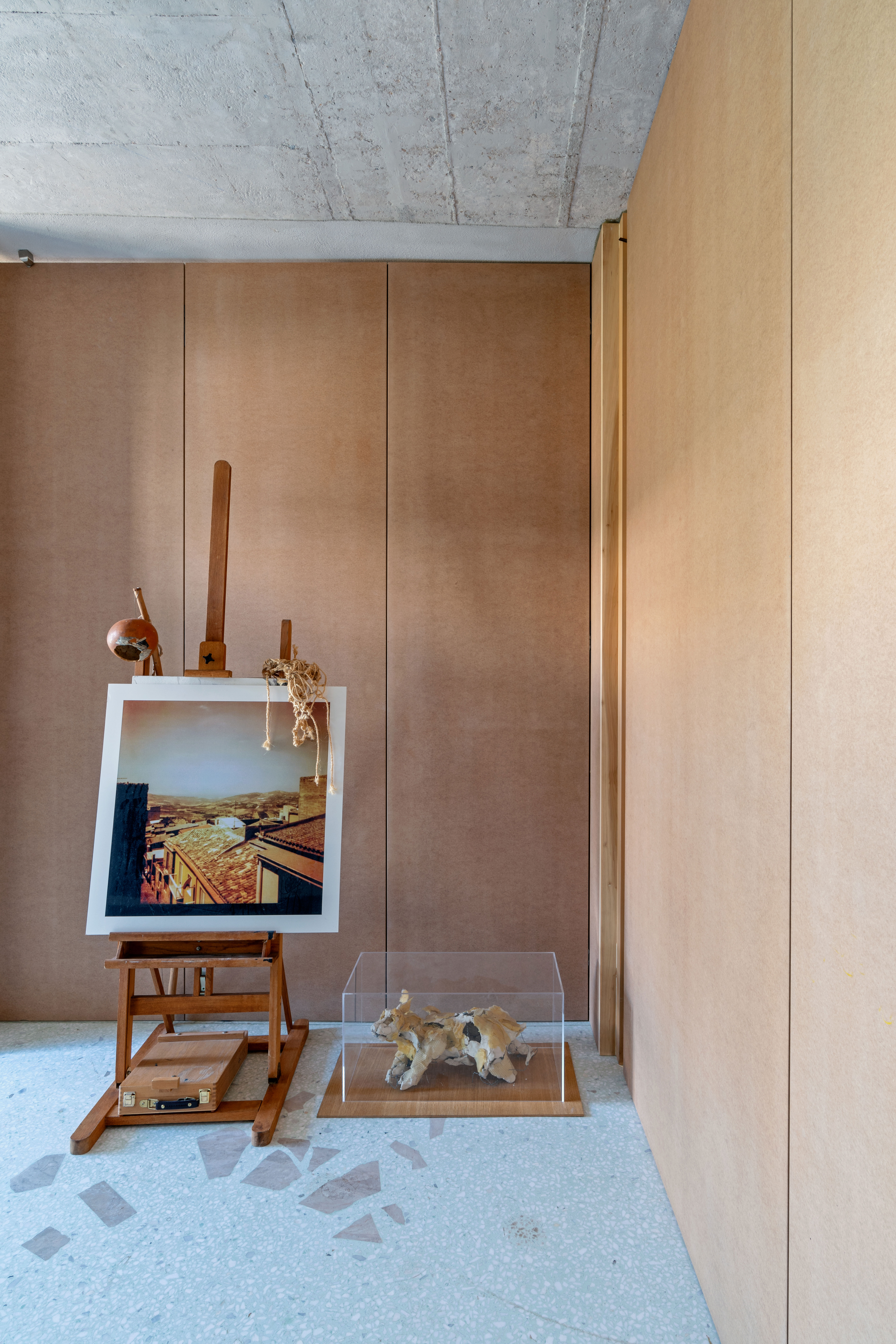
There's multi-tasking too. A bespoke, round kitchen counter is at once a worktop, entertainment bar, and dining table. A compact storage block neatly contains the kitchen pantry, cloak, wardrobes and utilities.

Found objects, discovered during the construction form part of the story. The designers explain: 'Hidden layers were revealed and celebrated, in a process akin to archaeology. Concrete ceiling waffles have been carefully exposed and restored in all rooms. The existing marble floor was removed to be repurposed as terrazzo aggregate.'
Wallpaper* Newsletter
Receive our daily digest of inspiration, escapism and design stories from around the world direct to your inbox.

'The marble pattern within the terrazzo floor was not arbitrarily placed: together with the clients we broke the salvaged terrazzo panels in-situ, in selected locations, retaining the fragments as they fell – freezing the moment of stone breaking into pieces.'

Ellie Stathaki is the Architecture & Environment Director at Wallpaper*. She trained as an architect at the Aristotle University of Thessaloniki in Greece and studied architectural history at the Bartlett in London. Now an established journalist, she has been a member of the Wallpaper* team since 2006, visiting buildings across the globe and interviewing leading architects such as Tadao Ando and Rem Koolhaas. Ellie has also taken part in judging panels, moderated events, curated shows and contributed in books, such as The Contemporary House (Thames & Hudson, 2018), Glenn Sestig Architecture Diary (2020) and House London (2022).
-
 The Subaru Forester is the definition of unpretentious automotive design
The Subaru Forester is the definition of unpretentious automotive designIt’s not exactly king of the crossovers, but the Subaru Forester e-Boxer is reliable, practical and great for keeping a low profile
By Jonathan Bell
-
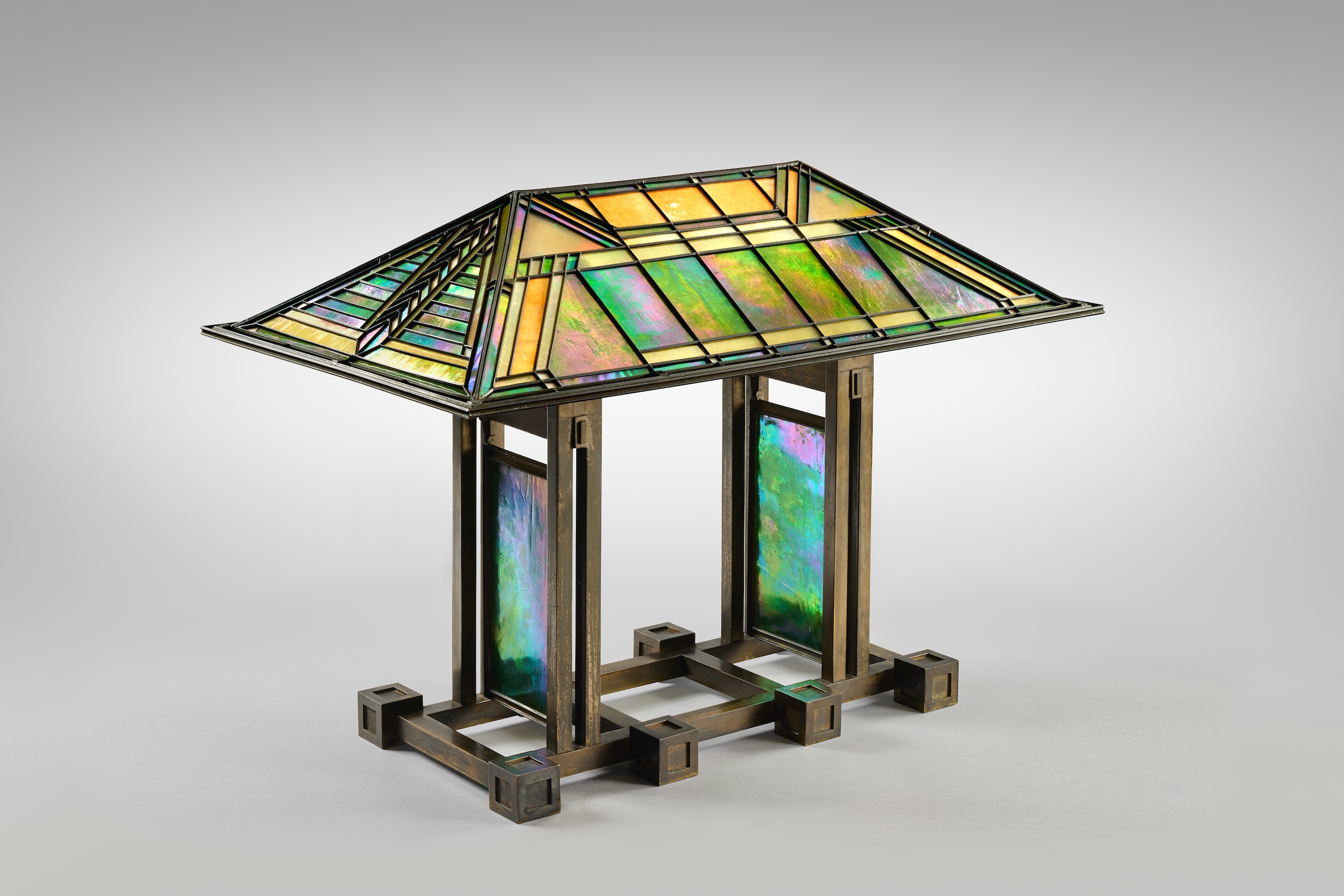 Sotheby’s is auctioning a rare Frank Lloyd Wright lamp – and it could fetch $5 million
Sotheby’s is auctioning a rare Frank Lloyd Wright lamp – and it could fetch $5 millionThe architect's ‘Double-Pedestal’ lamp, which was designed for the Dana House in 1903, is hitting the auction block 13 May at Sotheby's.
By Anna Solomon
-
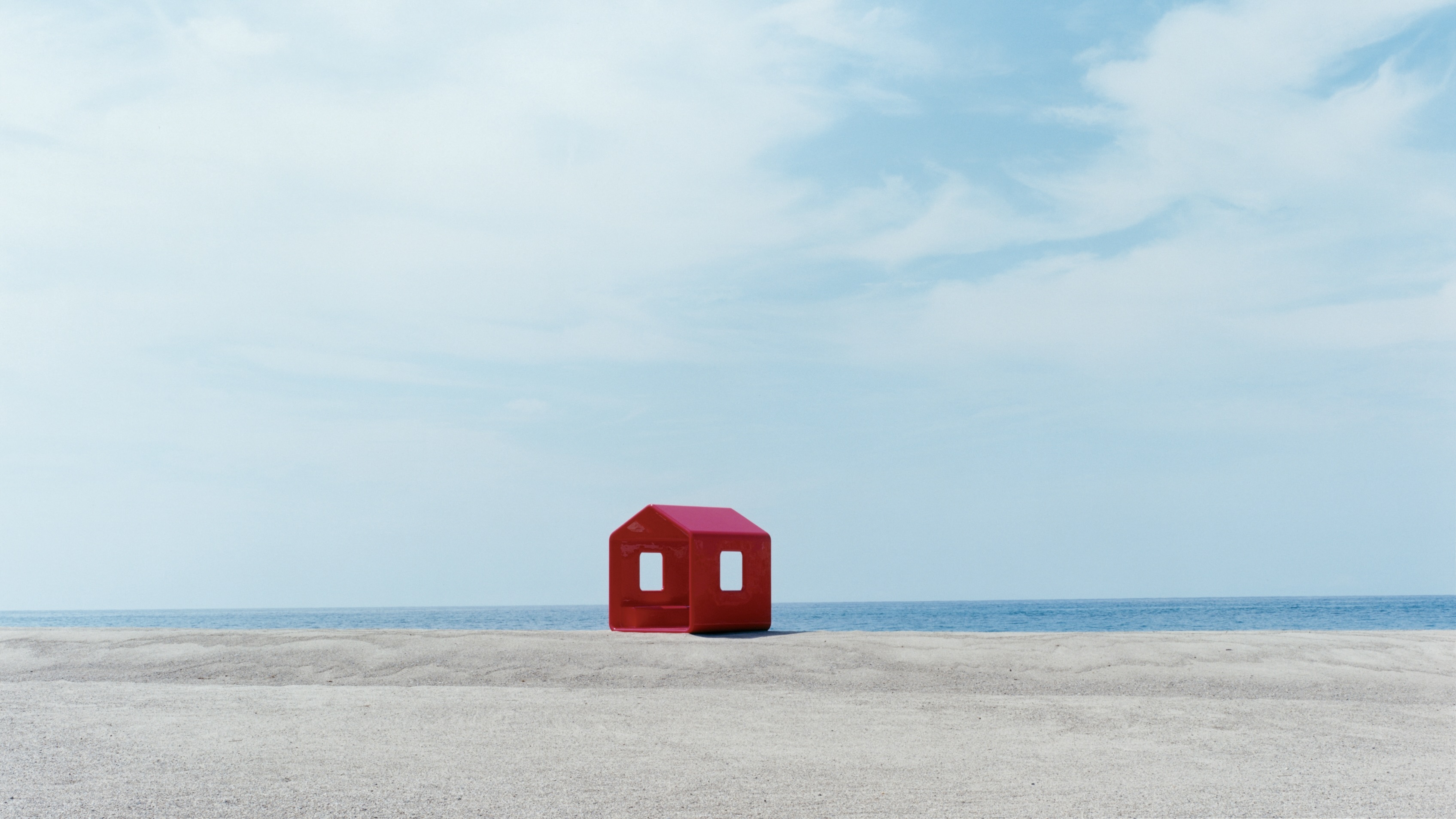 Naoto Fukasawa sparks children’s imaginations with play sculptures
Naoto Fukasawa sparks children’s imaginations with play sculpturesThe Japanese designer creates an intuitive series of bold play sculptures, designed to spark children’s desire to play without thinking
By Danielle Demetriou
-
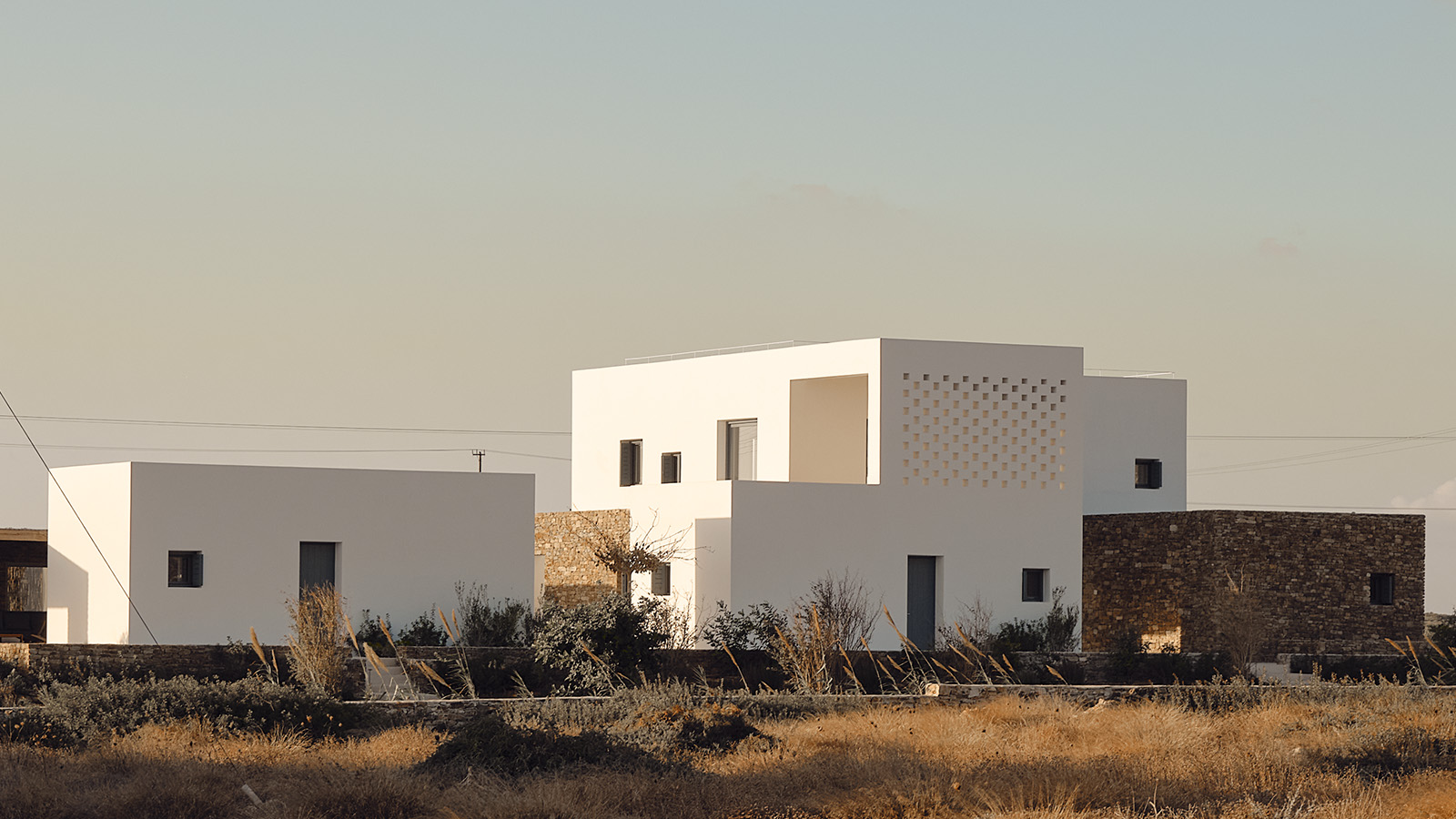 A retro video game is the unlikely inspiration for this island house in Greece
A retro video game is the unlikely inspiration for this island house in GreeceDesigned by ARP, this island house on Antiparos is a contemporary Cycladic home inspired by Tetris
By Tianna Williams
-
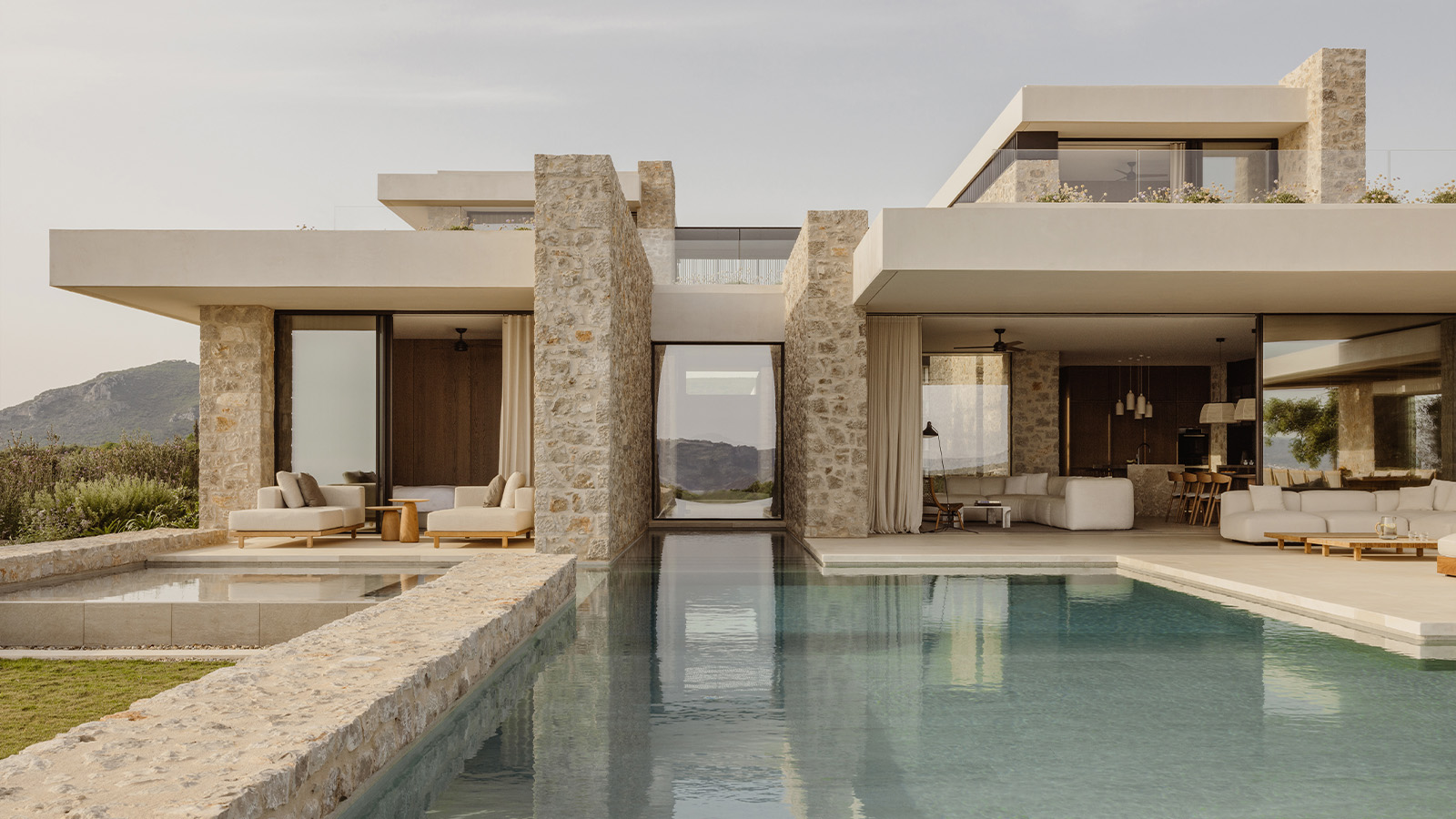 A Costa Navarino house peeks out from amidst olive groves to ocean views
A Costa Navarino house peeks out from amidst olive groves to ocean viewsThis Greek holiday residence designed by K-Studio balances timeless design principles with modernist touches
By Tianna Williams
-
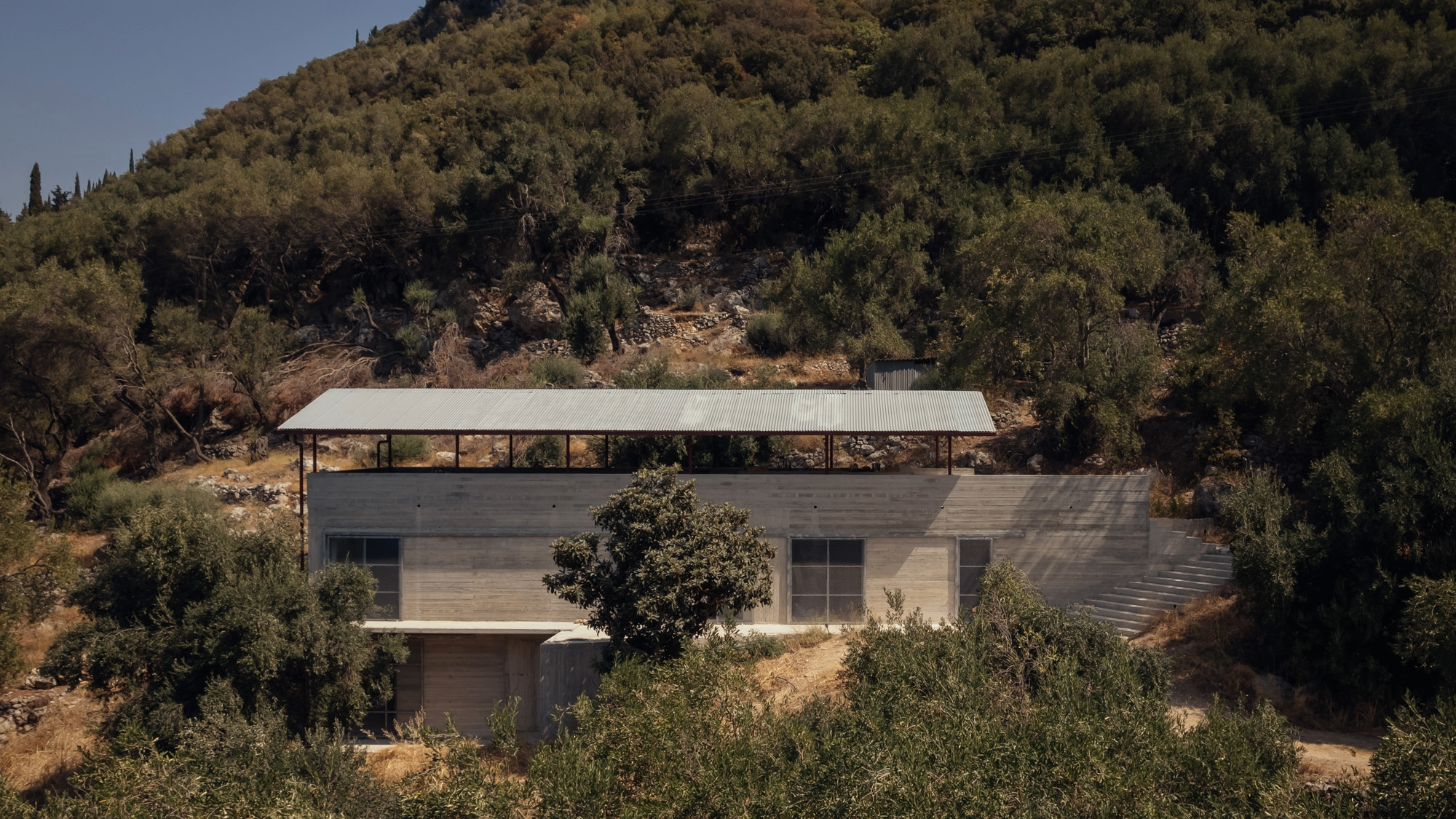 A breezy Greek island retreat lets the outdoors in
A breezy Greek island retreat lets the outdoors inOpen to the elements, an island retreat in Corfu by Invisible Studio was designed to suit the local climate, using metal mesh screens rather than windows
By Léa Teuscher
-
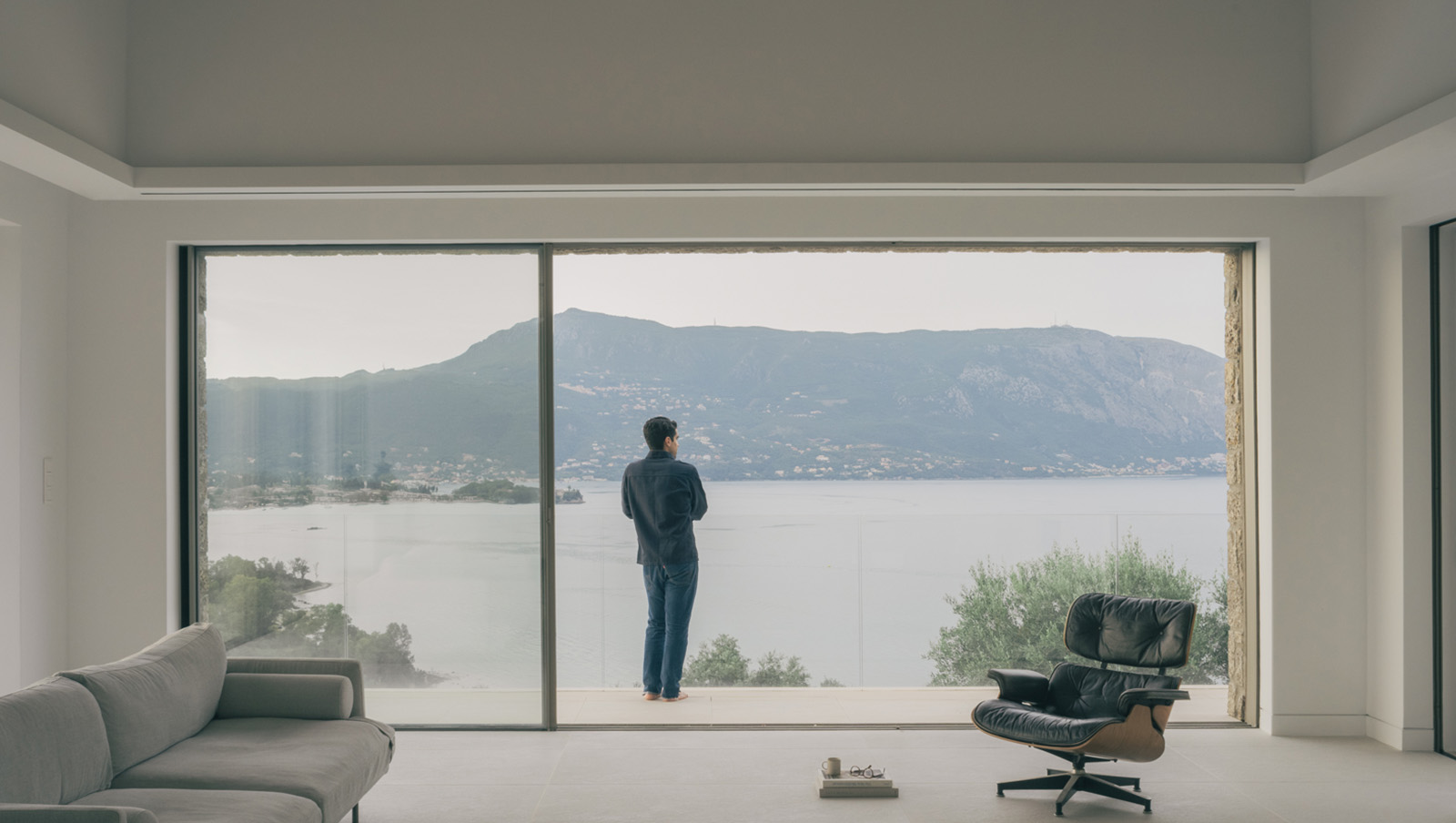 A Corfu house balances local vernacular and 21st-century minimalism
A Corfu house balances local vernacular and 21st-century minimalismCorfu House, a sensitive and minimalist holiday home, has been recently completed on the Greek island as a collaboration between architects Tony Wynbourne, Georgios Apostolopoulos and engineer Makis Gisdakis
By Ellie Stathaki
-
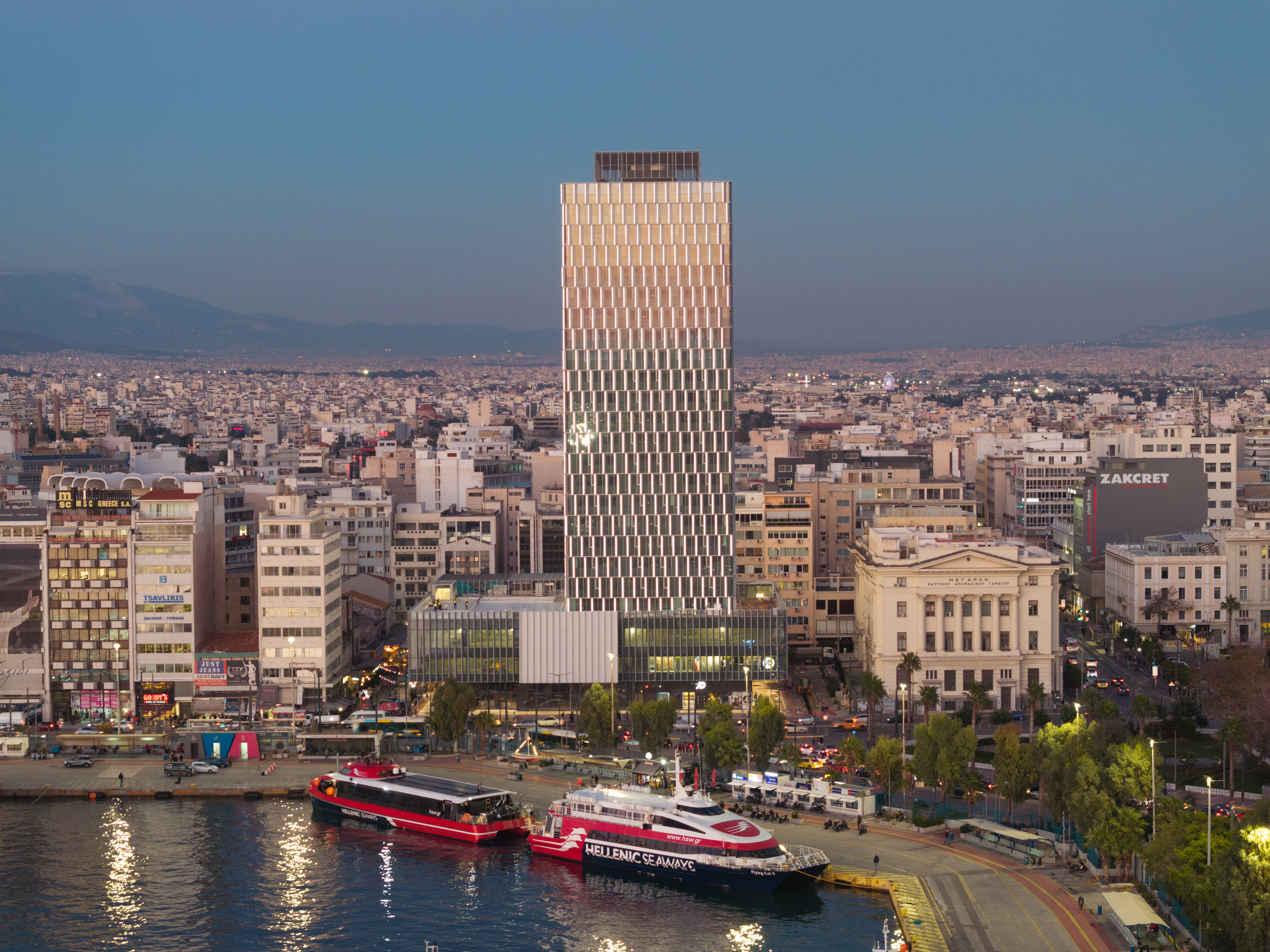 Piraeus Tower is a Greek high-rise icon revived through sustainable strategies
Piraeus Tower is a Greek high-rise icon revived through sustainable strategiesThe restoration of the Piraeus Tower is completed in Greece, revealing a revived façade by local architecture studio PILA
By Ellie Stathaki
-
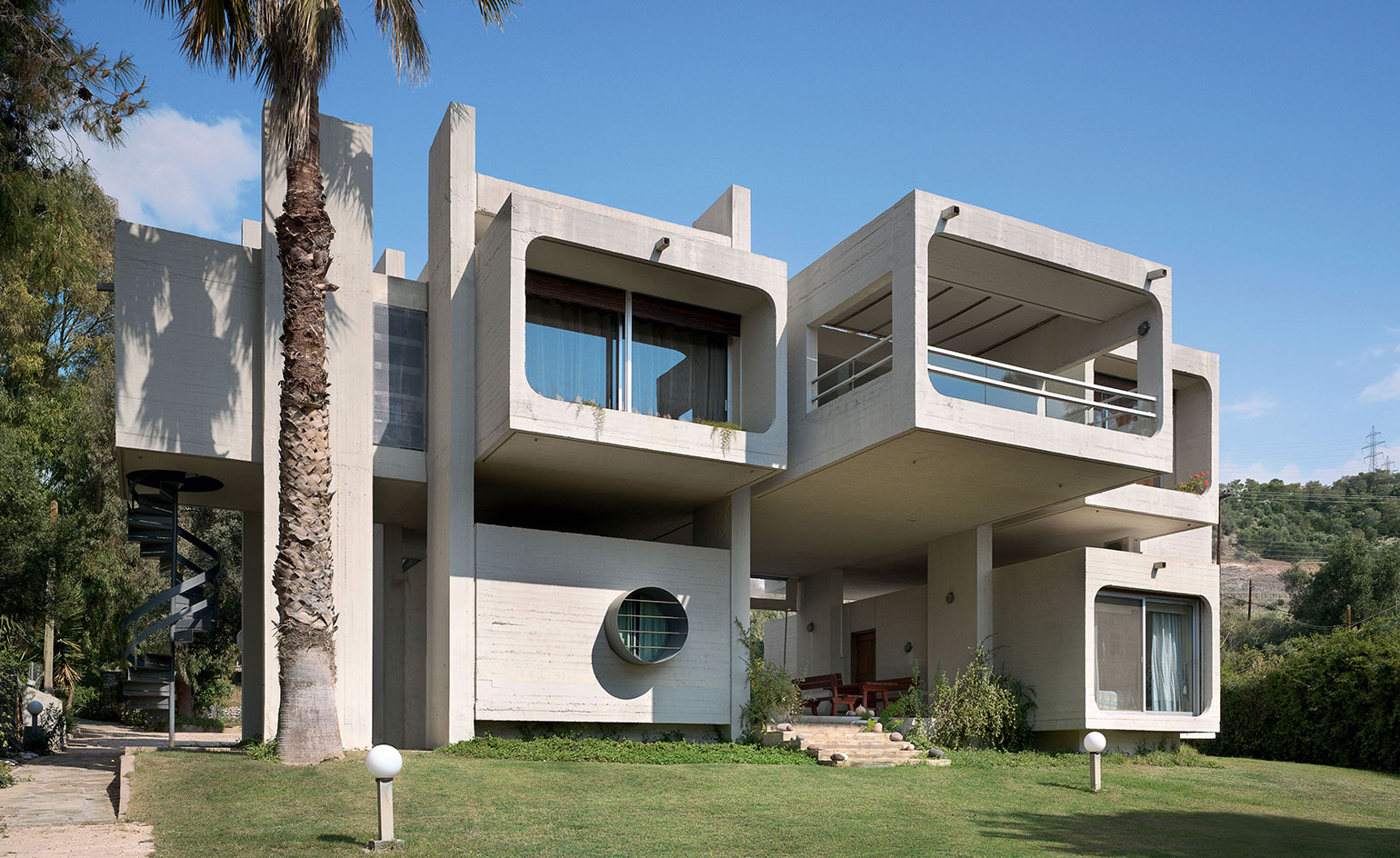 Remembering Alexandros Tombazis (1939-2024), and the Metabolist architecture of this 1970s eco-pioneer
Remembering Alexandros Tombazis (1939-2024), and the Metabolist architecture of this 1970s eco-pioneerBack in September 2010 (W*138), we explored the legacy and history of Greek architect Alexandros Tombazis, who this month celebrates his 80th birthday.
By Ellie Stathaki
-
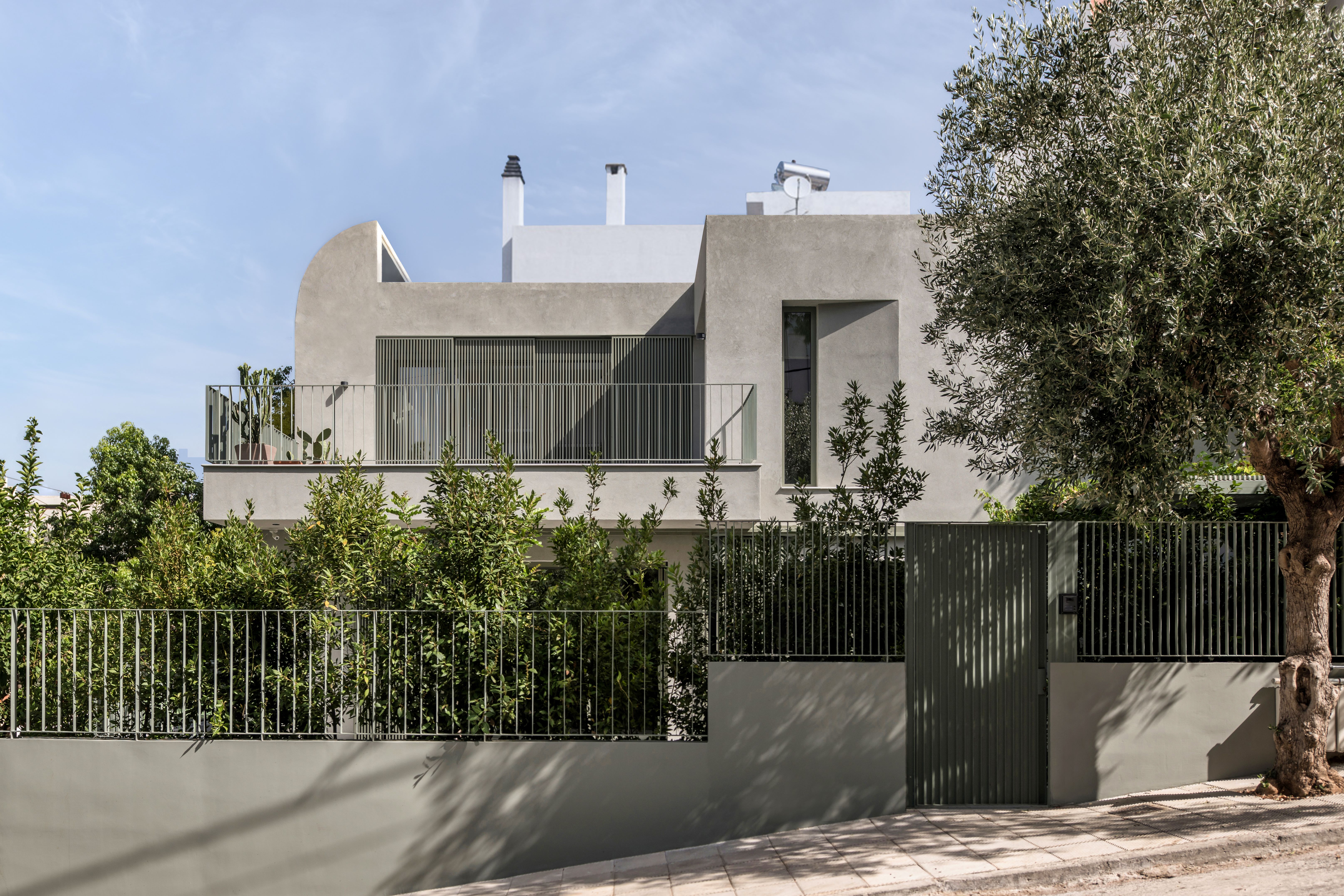 Tour House D in Athens, where interiors are peachy keen
Tour House D in Athens, where interiors are peachy keenDesigned by Cometa Architects, House D in Athens is full of curvy, colourful character
By Ellie Stathaki
-
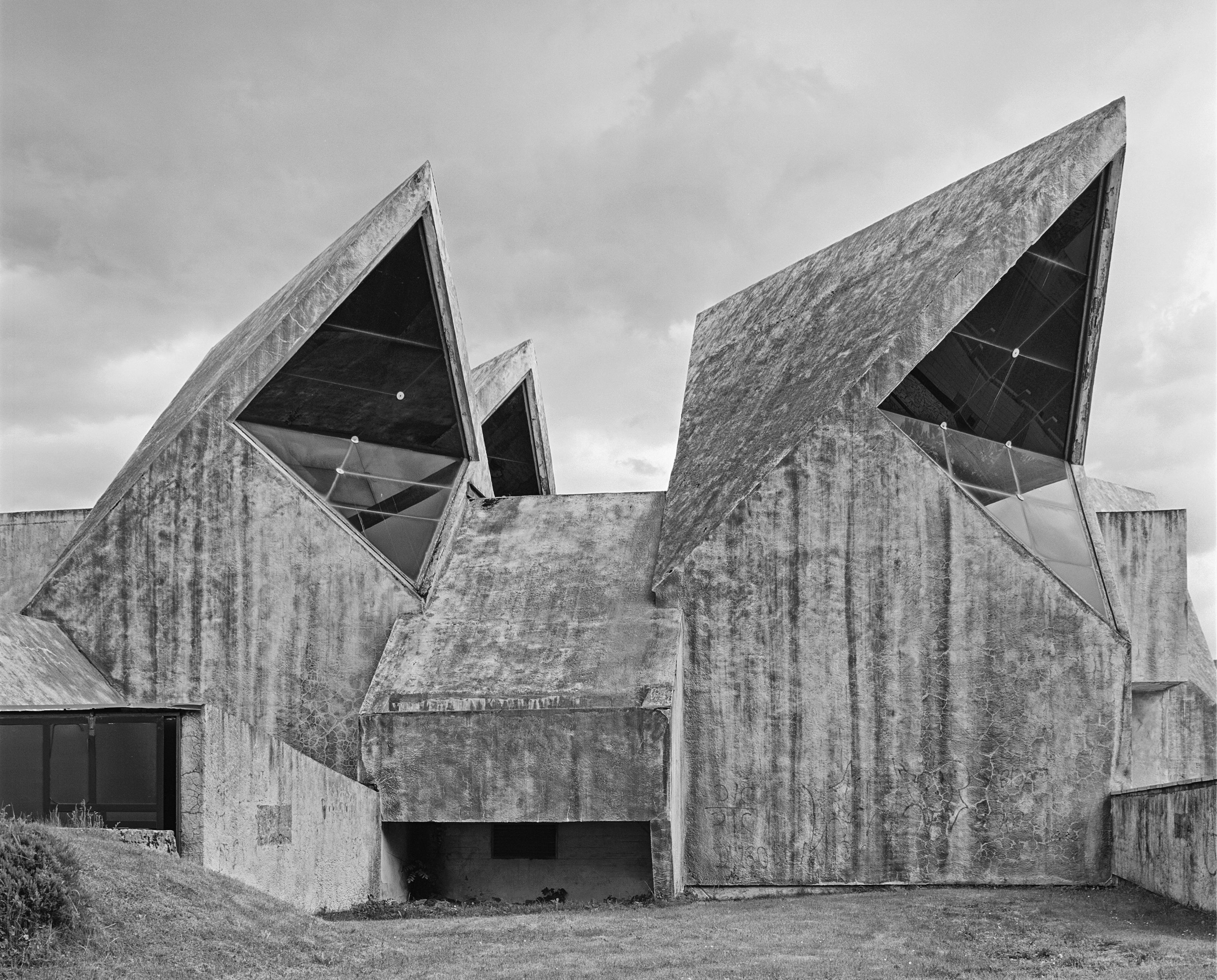 All hail the power of concrete architecture
All hail the power of concrete architecture‘Concrete Architecture’ surveys more than a century’s worth of the world’s most influential buildings using the material, from brutalist memorials to sculptural apartment blocks
By Jonathan Bell